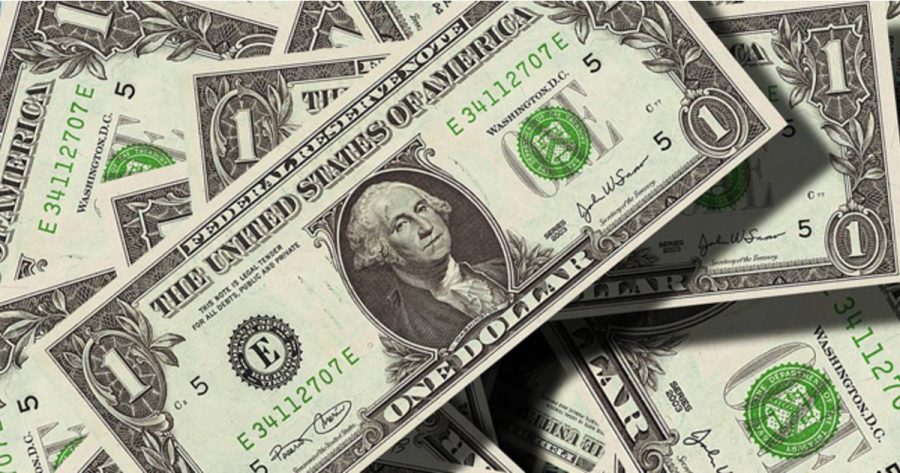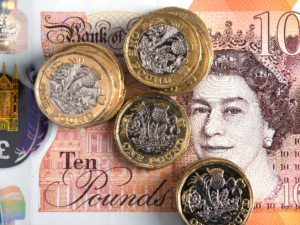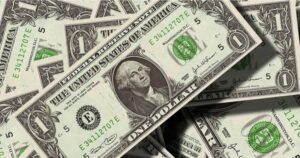The dollar extends its gains to the highest level in 6 weeks, thanks to the burning yield

The US dollar rose in the European market on Friday against a basket of global currencies, extending its gains for the third day in a row, hitting the highest level in six weeks, about to achieve a third consecutive weekly gain, thanks to the burning yield on US bonds.
The yield of US Treasury bonds for ten years jumped to the highest level in three months, thanks to strong economic data in the United States and more hawkish comments from Federal Reserve officials, which reinforced the prospects for continuing to raise interest rates for the longest period this year.
US dollar index
The dollar index rose by 0.55% to 104.67 points, the highest level since last January 6, from today’s opening level at 104.10 points, and it recorded the lowest level at 104.10 points.
Yesterday, the index rose by 0.3%, the second consecutive daily gain, after strong data on producer prices and jobless claims in the United States.
As for the entire trading week, the US dollar index is up by 1.1% so far, and is about to achieve its third consecutive weekly gain, thanks to buying the US currency as the best available investment.
bond yield
The US Treasury yield for ten years rose on Friday by 1.6%, extending its gains for the fourth consecutive session, recording the highest in three months at 3.927%, which enhances investment opportunities in the US dollar.
The yield on US bonds hit a record high in 3 months, after tough comments
Economic data released this week in the United States showed that the US economy has flexibility that allows the Federal Reserve to continue to tighten monetary policy and raise interest rates, which was confirmed by some officials of the largest central bank in the world.
Opinions and analytics
Market analyst at CMC Markets, “Tina Ting,” said recent data in the United States show that the US economy is still in good shape, and it does not appear that it will enter a recession anytime soon.
Tina added, “Markets are currently pricing in higher interest rates from the Federal Reserve as well as longer periods of monetary tightening.”







